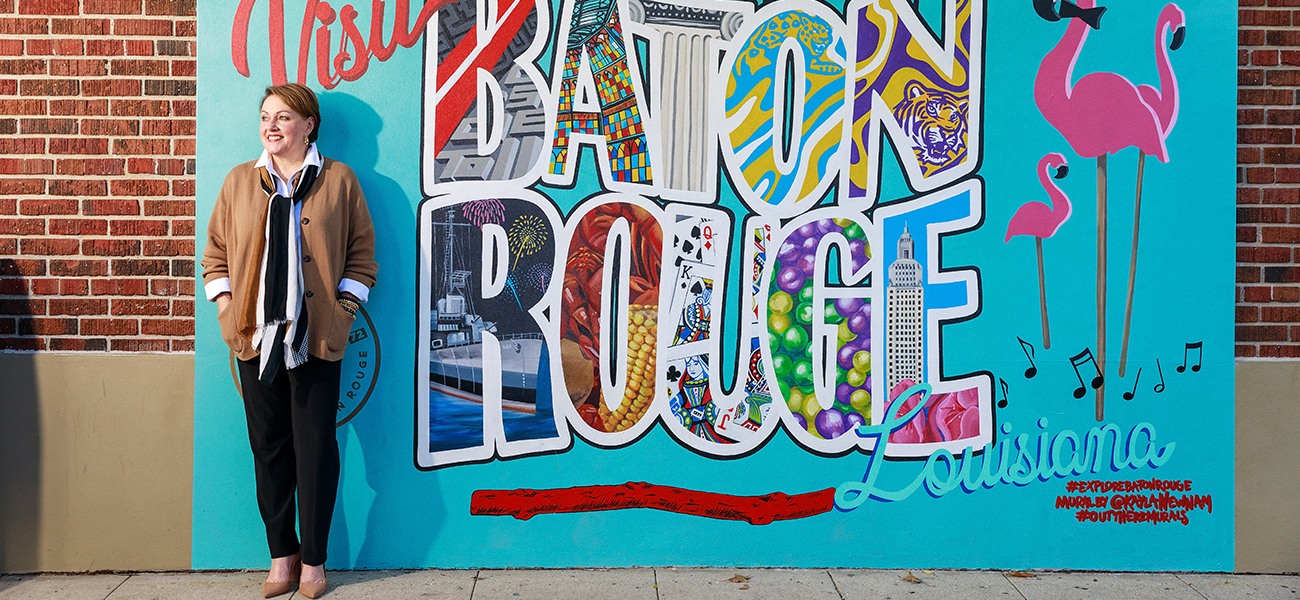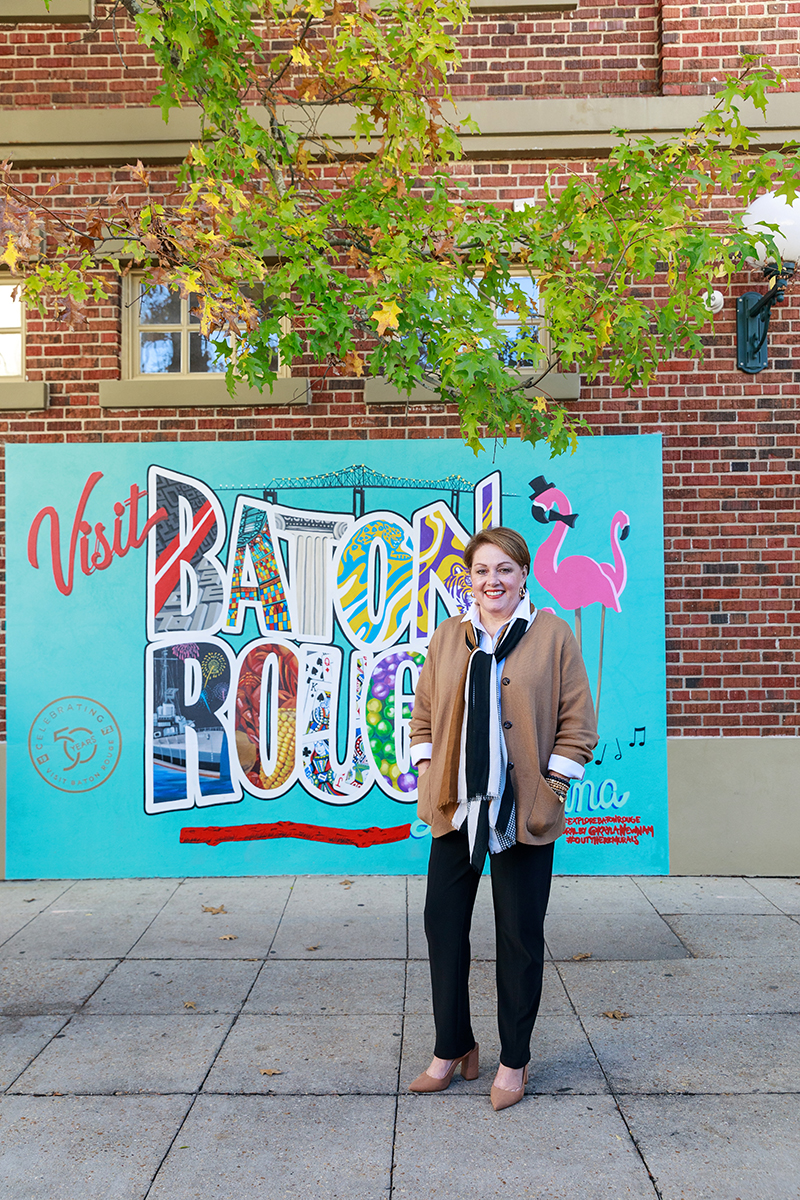
What’s Baton Rouge’s story? Jill Kidder is on a mission to find out
Visit Baton Rouge’s new president and CEO plans to rebrand the organization by 2026, shining a light on local culture
It’s not shocking that the new president and CEO of Visit Baton Rouge’s mission is to get more people to visit Baton Rouge.
But visitation in the Red Stick takes many forms, explains Jill Kidder.
|
|
The organization’s new leader knows all about that, having formerly helmed the Louisiana Travel Association and, under its umbrella, various tourism bureaus throughout the state.
Under her direction, Kidder plans for Visit Baton Rouge to reel in more visitors from key demographics, such as leisure travelers: people visiting for the sake of visiting, drawn to the city by its “fabulous, authentic Louisiana experience.” The components of that experience, Kidder says, are manifold: sports, music, cuisine, nature, film, history, art.
Kidder also says she hopes to lead the organization to attract more group visitation, like sports tournaments and professional conferences, as well as the crucial demographic of international visitors.
But getting them here is only half the battle, she says.
“We can market all day and get those people here the first time, but what we want to do is be sure that we also take care of what I call the potholes: the things that would keep a visitor from coming or make them not want to come back again.”
There are the issues we all know about, like crime or weather. But there are other small details that accumulate to determine the overall flavor of someone’s visit. For instance, Kidder named the hospitality workforce: If the city’s hotels and restaurants aren’t adequately staffed to service visitors, the city’s many other charms might end up overshadowed by poor service.
This makes a difference for locals too, according to Kidder.
“If tourism went away completely in the state of Louisiana, each household would have to pay an additional $1,100 a year in taxes,” Kidder says, citing 2019 research. “So our visitors save us money and improve the overall health of our communities.”
Ideally, Kidder says, what we’ll get is a self-perpetuating cycle: more visitors equal more potential residents. New residents become additions to the workforce. A greater workforce will attract businesses, which bolster both culture and economy. And with those departments strong, more visitors will come and start the whole thing rolling again.
That evolution of the city would also mean changes in how Visit Baton Rouge represents it, which is why the organization plans to rebrand in the coming years, likely by 2026, Kidder says.
“What is it that visitors think about this destination, and what do we want them to envision when they come here?” Kidder says. “What kind of experience can we really provide for someone, and what is that story that we want to tell here?”
These are the questions Kidder and her organization will endeavor to answer in a brand overhaul. Now, just what this new brand will look like is a question it’s still a little early to answer. Kidder says the effort will be fueled and informed by hard data, with Visit Baton Rouge deploying teams of researchers to poll both residents and potential visitors about how they perceive the city in order to synthesize a compelling, contemporary brand.
“What we want to do is produce an image in the minds of our visitors and our potential visitors that Baton Rouge is a wonderful experience and a great place,” Kidder says. visitbatonrouge.com
This article originally appeared in the January 2023 issue of 225 magazine.
|
|
|


